Nugget staff writers Nyatha Briere-Ford Hastings and Daytona Brenden are part of the Native Ed class at Helena High, taught by Terri Johnson. This class offers academic support as well as cultural opportunities for Native students.
Did you see the large canvas tipi outside Helena High this past September? Have you seen it at one of the local elementary schools?
Every Monday morning, the Helena High Native Ed students set up this tipi in a new school location. This has been a tradition for the Helena School District to bring together the fourth graders in order to educate them on Native culture. The Native high school students mentor these younger students to connect with them and give them a better understanding of our Montana Native Americans—especially when building a traditional tipi!
There is a certain strategy within the set-up of the tipi. From our personal perspective (due to practice!), building the tipi has gotten easier to construct. However, our Native group still cannot fully build the tipi without Terri Johnson, the tutor for Native students at HHS. Therefore, most of the time while teaching the elementary students, we are learning as well.
One thing to remember when building the tipi is to always go in a clockwise fashion when putting it up. Also, when wrapping it, which, in fact, is primarily a women’s job, you need to go clockwise, Traditionally, women had to build the entire tipi, but traditions have changed.
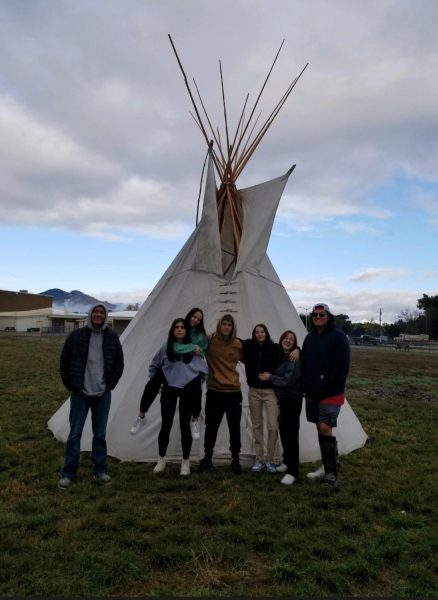
When building a tipi there any many factors that go into it, such as the poles, tripod, door pole, smoke flaps, dowels, and the canvas. First, you will need to know the basics: There are 19 poles that are crucial in setting up the tipi. Our first three poles are our tripod poles, which are tied together by a knot at the top. This will be the skeleton of the whole thing, so it’s critical that the knot is tied very tight and won’t slip. Then you have two sides that will hold four poles and one side that will have five. This allows space for the door flap.
The last pole you put up is the one with the canvas wrapped around it; you will unwrap it, then thread wooden dowels through to close it completely. Lastly, you wrap the whole structure with the rope at the top to cinch it and make sure it is secure. Then you put up the smoke flaps which allow the smoke to escape when people are having fires or to protect the inside from rain.
The tipi has become a community-based project, and whoever would like to help is more than welcome. It is an intimate and sacred interaction and an honor to be able to be a part of a very culturally relevant activity.
Every September, the annual community powwow is held in Helena. Being in the Native Ed class means we get to go help set up the powwow on its first day and groups of fourth graders come to watch. We get to help educate the children about the culture and what all goes into a powwow. The powwow is a great way for the native community to connect through dance, traditional foods, selling products, or just hanging out and enjoying the powwow with family or friends.
A huge part of a powwow is the drum circles, it is believed to be the rhythmic heartbeat of the Earth and it’s used to bring the nations together. An interesting fact is that the term “pow wow” comes from the Narrtick (Algonquian) word for “medicine man,” pau wau.
We also have learned to play “double ball,” a Native game similar to lacrosse that uses sticks and two connected balls. In this aggressive game, two teams fight for the double ball. Players holding sticks can score one, two, or three points by flinging the double ball over, on, or under the goal. Traditionally played by men, the game is now also open to women.
Participating in building the tipi the powwow, double ball and other activities is a way to connect with people from other tribes. It makes us feel proud that we are able to form a large community based on sharing our culture.


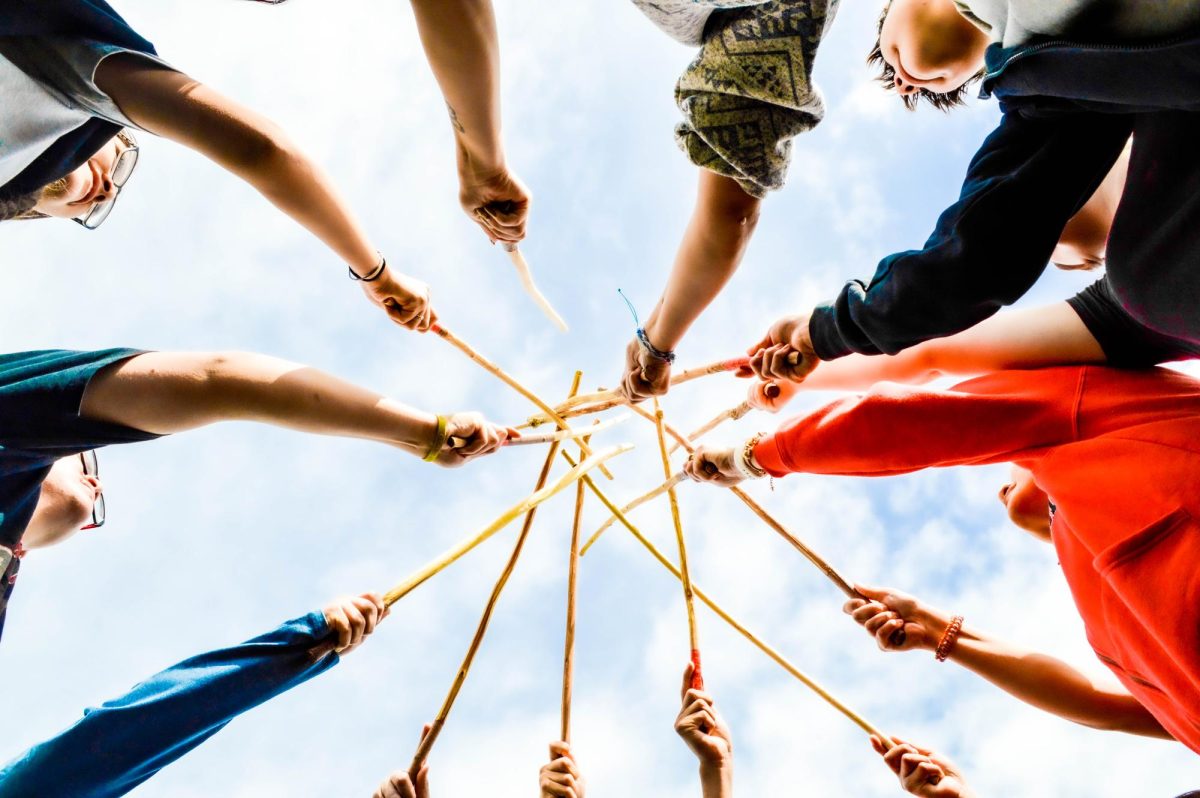
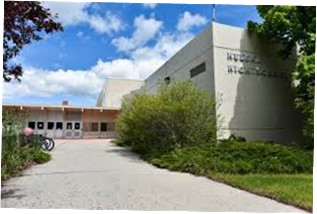

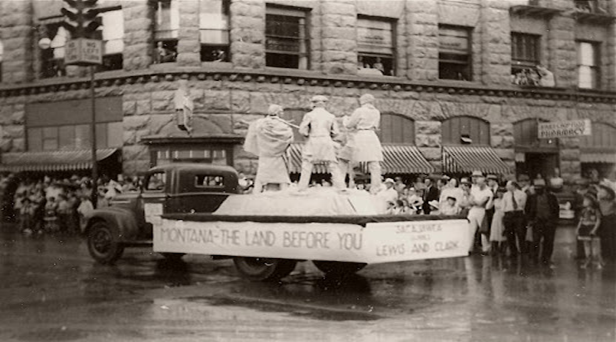

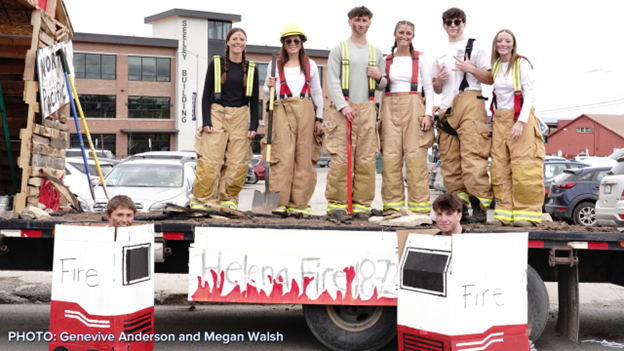


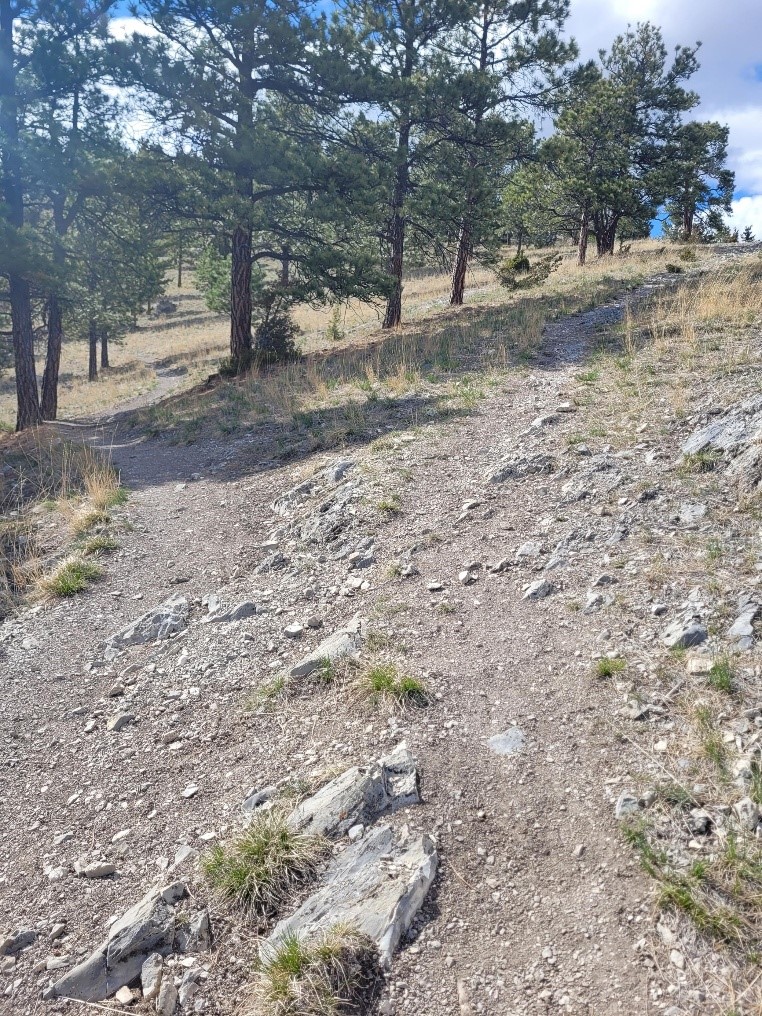

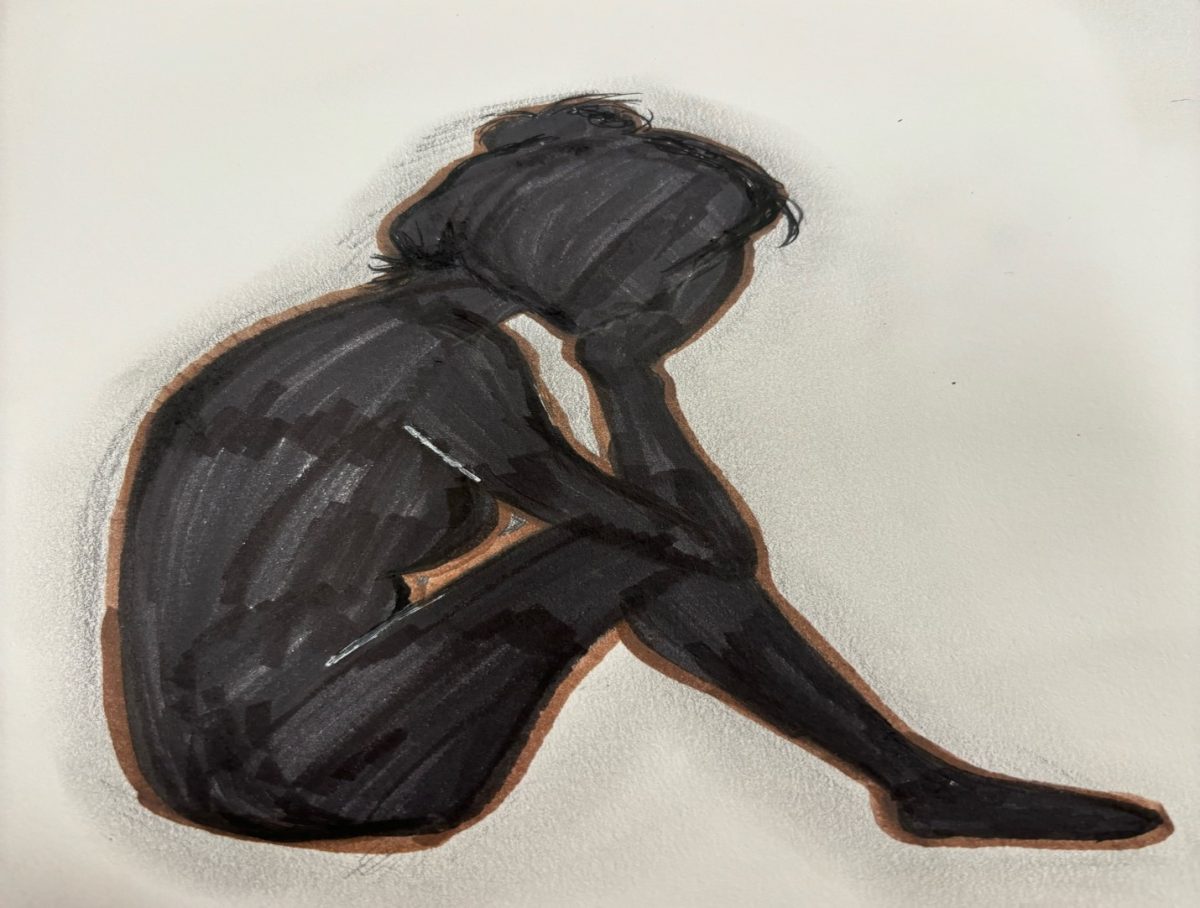

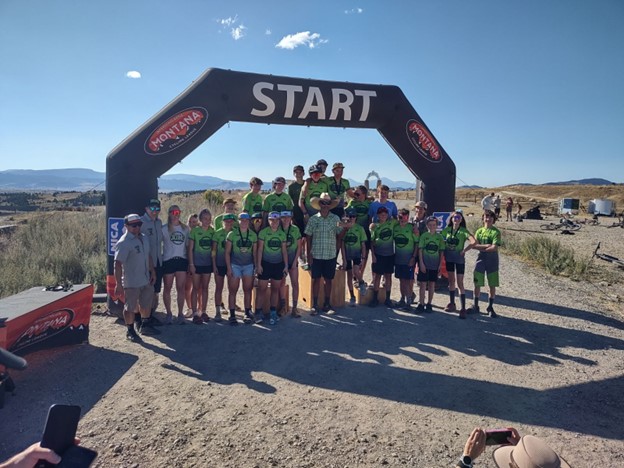
Lanie Russell • Oct 11, 2023 at 7:36 PM
Yes Nyatha and Daytona!! ❤️❤️